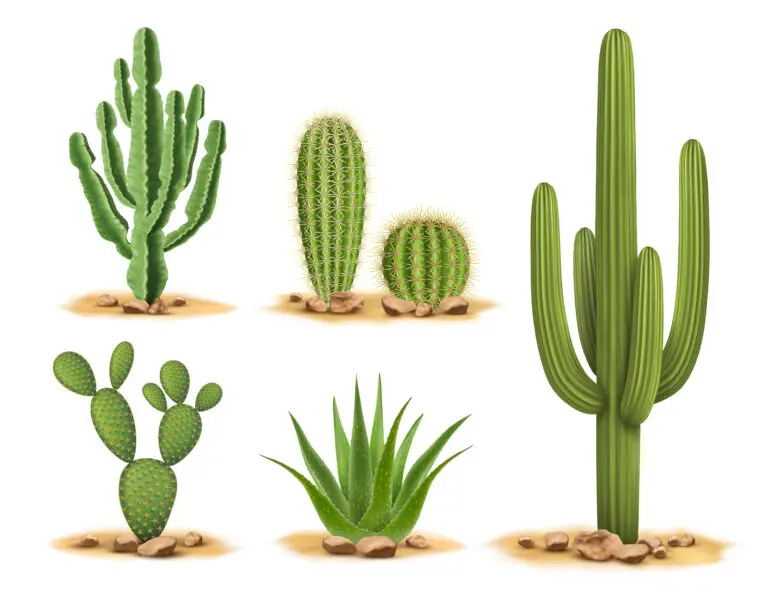Xerophyte

Table of Contents
What is a Xerophyte?
A xerophyte is a plant adapted to survive and thrive in environments with limited water availability. Xerophytes have evolved physiological and morphological adaptations to cope with arid conditions. These adaptations help them minimize water loss, store water efficiently, and tolerate periods of drought.
Adaptations of Xerophytes
Reduced Leaf Surface
Xerophytes often have reduced leaf surface area, minimizing the area exposed to the atmosphere and reducing water loss through transpiration.
Modified Leaf Structures
Some xerophytes have modified leaf structures, such as succulent, thick, fleshy leaves. These leaves can store water for use during dry periods.
Water-Storage Tissues
Xerophytes may have specialized tissues for water storage, such as parenchyma cells that can store water in their vacuoles.
Deep Root Systems
Xerophytes often have deep root systems that can access water stored deeper in the soil. This allows them to tap into water reserves unavailable to other plants with shallower roots.
Reduced Transpiration
Xerophytes may have adaptations to reduce transpiration, the process by which water is lost from the plant through openings called stomata. This can include sunken stomata, hairy leaves, or a thick waxy coating (cuticle) on the leaf surface.
Examples of Xerophytes
Cacti: Cacti are well-known xerophytes adapted to arid environments. They have succulent stems and modified leaves, reducing water loss.
Aloe Vera: Aloe vera is a succulent xerophyte with fleshy leaves that store water. It is commonly used for its medicinal properties.
Succulents: Various succulent plants, such as agave and sedum, are xerophytes with water-storing tissues in their leaves.
Creosote Bush: The creosote bush is a xerophyte found in arid regions of North America. It has small, resinous leaves and a deep root system.
Lavender: Lavender is an xerophyte known for its aromatic flowers, and it is adapted to well-drained, dry soils.
Related Links
Botany
Frond
Photosynthesis
Rhizome